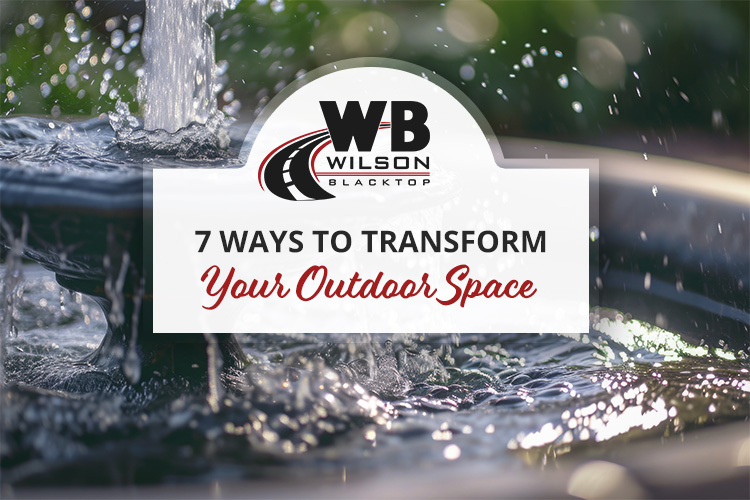
- By admin
- In Garden, Landscaping
7 Ways to Transform Your Outdoor Space
Transform your outdoor space without hiring a professional landscaper or a preparing for a massive budget. Sometimes it only takes a suggestion to spark a grand idea, even if you’re new to DIY projects.
In this blog, we’ll discuss seven landscaping tips to transform your outdoor space, along with the benefits, required materials, and the skill level needed for each project. With a few strategic improvements, you can elevate your yard’s aesthetic. So, let’s get started!
1. Add a Flower Bed
A well-placed flower bed can add vibrant colors and lush textures, making your yard more inviting. Flower beds also offer seasonal interest, as different plants bloom at various times of the year.
Materials Needed:
- Soil
- Flowering plants – Perennials come back year after year, while annuals only live during the spring/summer/fall growing season.
- Mulch – Good quality mulch is essential to a successful flower bed. Check out Wilson Blacktop’s mulch – it is never bagged and disease-free.
- Gardening tools (shovel, trowel, gloves)
Skill Level:
Beginner to Intermediate. Planting flowers requires basic gardening knowledge, such as understanding sunlight requirements and soil conditions. If you read the tag on flowers you buy and plant them according to their required sunlight/watering needs, you should be successful.
2. Install a Water Feature
Water features like fountains or waterfalls add a serene and luxurious feel and can transform your outdoor space and your mind. The sound of flowing water is soothing and peaceful. Bonus! It can drown out noisy neighbors.
There are many different types of water features available and some are as simple as filling a pot with water and adding a solar powered water fountain. Others are more complicated, requiring electricity to power the water pump and a water source.
For inspiration, check out your local garden center or online at Walmart.com or Amazon.com.
Skill Level:
Beginner to Intermediate. Installing a complex water feature involves some knowledge of plumbing and electrical work, but there are solar options that require very little effort.
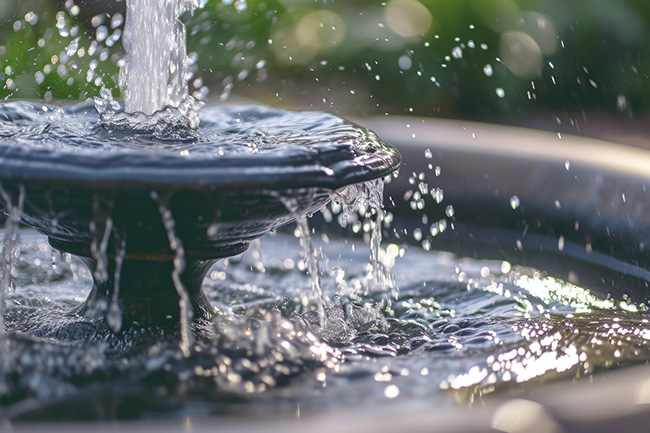
3. Create a Pathway
A pathway can guide guests through your garden, leading them to different areas of interest. It also adds structure and a sense of direction to your landscape design.
Materials Needed:
- Paving stones, bricks, or gravel – Wilson Blacktop’s Pea Pebbles makes a lovely walkway
- Sand and gravel for the base – Wilson Blacktop Materials List
- Landscaping fabric like Wilson Blacktop’s MIRAFI N Series
- Edging materials
Skill Level:
Intermediate. Laying a pathway requires planning and some physical labor to ensure the ground is level and materials are properly set.
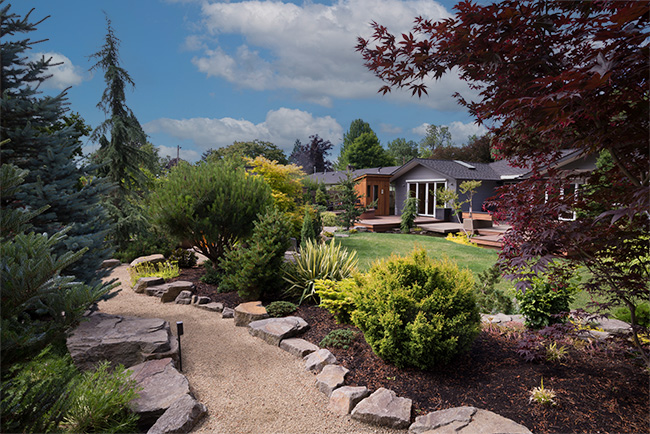
4. Plant Trees and Shrubs
Trees and shrubs provide shade, privacy, and a sense of permanence. They can also enhance your home’s curb appeal by framing your house and adding height to your garden design.
Materials Needed:
- Trees and shrubs suited to your climate – To find out if a plant will thrive in your area, check out the USDA Plant Hardiness Zone Map.
- Compost or soil amendments
- Mulch
- Stakes and ties (for young trees)
Skill Level:
Beginner to Intermediate. Planting requires understanding the growth requirements of different species and proper planting techniques. Know your hardiness zone and read tags before purchasing any plant, but especially pricey trees and shrubs.
5. Add Outdoor Lighting
Outdoor lighting can highlight your landscape’s best features, create a warm ambiance, and improve safety. It’s especially effective for transforming your outdoor space in the evening.
Materials Needed:
- LED landscape lights (path lights, spotlights, string lights)
- Extension cords
- Timers or smart plugs
Skill Level:
Beginner to Intermediate. Basic outdoor lighting can be set up with minimal electrical knowledge, but complex systems may require professional help.
6. Incorporate Raised Garden Beds
Raised garden beds are great for growing vegetables, herbs, and flowers. They add depth and dimension to your garden and are easier to maintain than traditional in-ground beds.
Materials Needed:
- Wood, stone, or metal for bed frames
- Soil and compost
- Seeds or plants
Skill Level:
Beginner. Building and maintaining raised beds is straightforward, requiring basic carpentry skills for constructing the frames.
Read our blog on How to Make an Elevated Garden Bed for more information.
7. Build a Pergola or Arbor
Pergolas and arbors provide shade, structure, and a focal point for your garden. They can also support a swing or climbing plants, adding vertical interest and greenery. Transforming your outdoor space into a usable oasis.
You can find pergola kits in most home improvement stores, but the following list is a basic list of materials you will need.
Materials Needed:
- Wood or metal for the frame
- Fasteners and tools for assembly
- Climbing plants (optional)
Skill Level:
Intermediate to Advanced. Building these structures requires some carpentry or metalworking skills and tools.
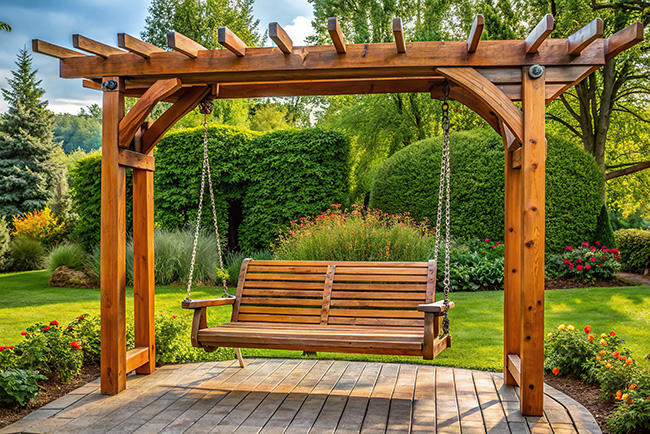
To transform your outdoor space can be a rewarding and enjoyable process. Whether you’re adding colorful flower beds or installing a soothing water feature, each project enhances the beauty and usability of your outdoor space. With varying levels of skill required, there’s something for every DIY enthusiast. Start small, gather your materials, and transform your yard into an inviting haven that reflects your personal style. Happy landscaping!

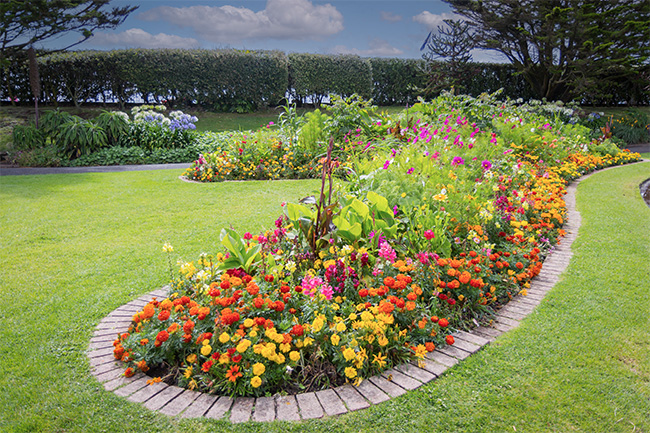
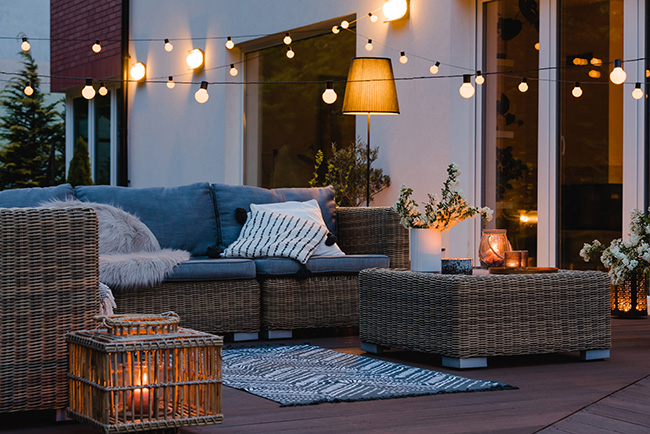
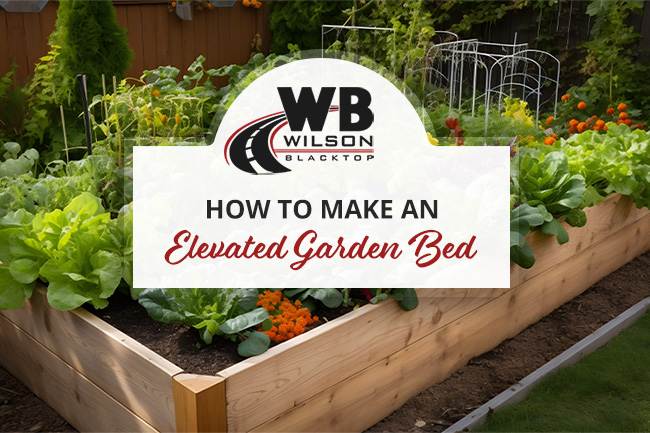





1 COMMENT
Esteban Noonan
September 28, 2024, 4:35 pm REPLYFor anyone who hopes to find valuable information on that topic, right here is the perfect blog I would highly recommend. Feel free to visit my site <a href="http://rayadistribution.com/adredirect.aspx?adpath=http://67u.de/top-tipps-fuer-den-start-ihres-heimgeschaefts">67U</a> for additional resources about Online Business.